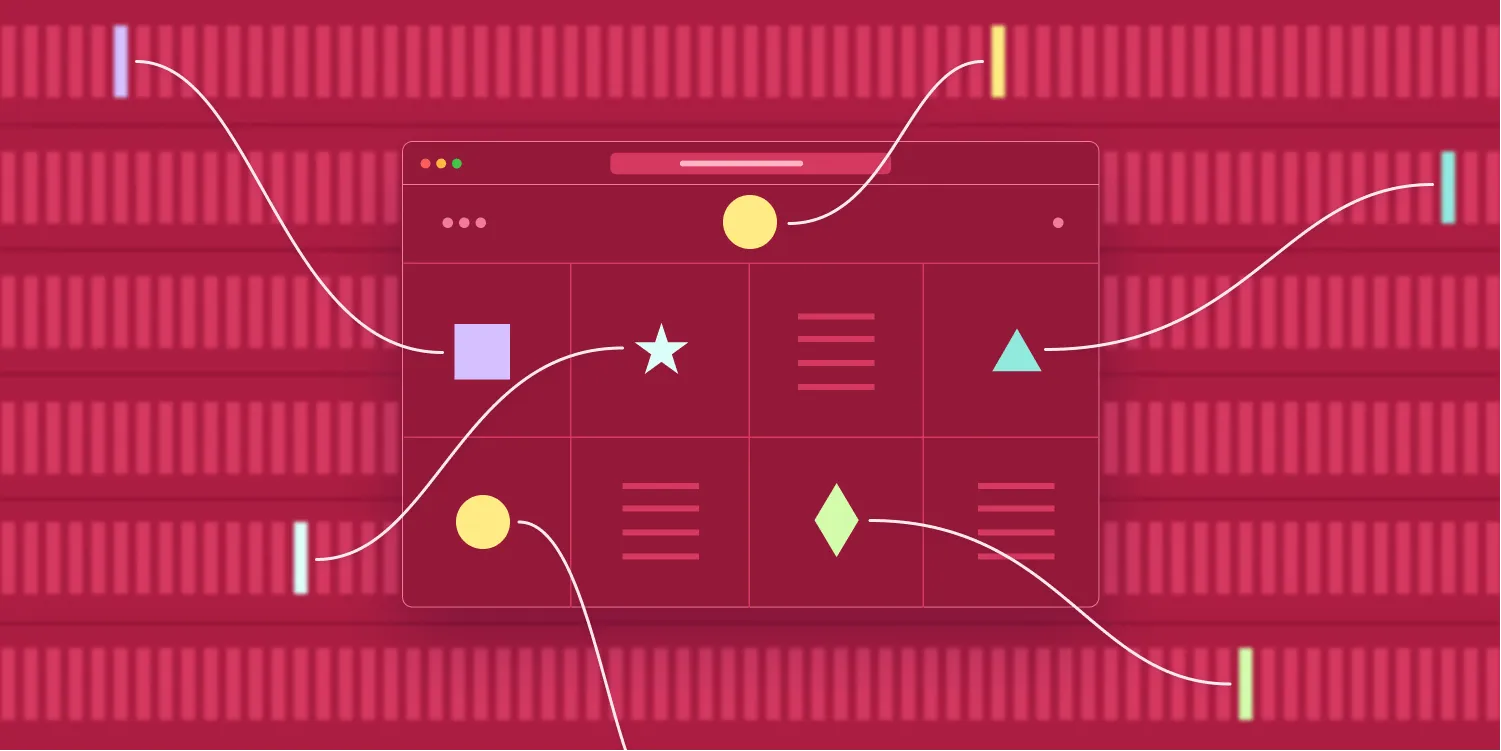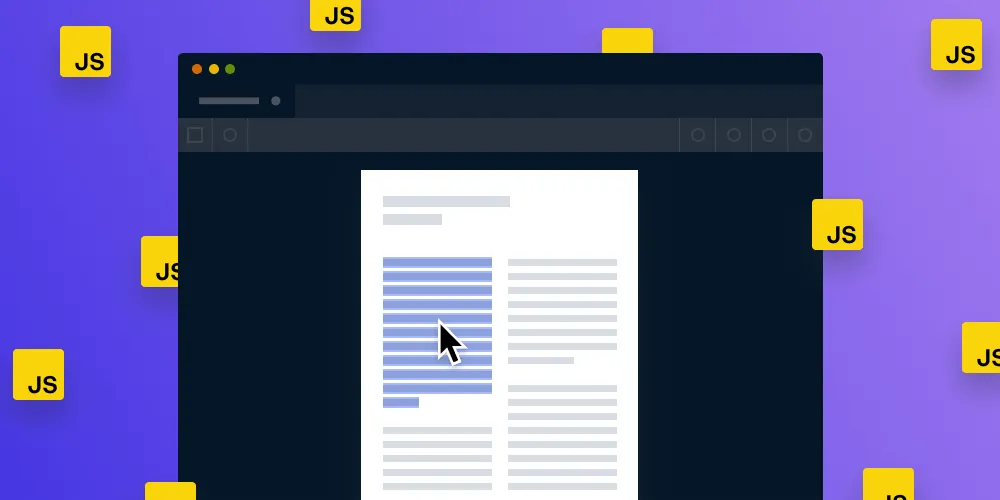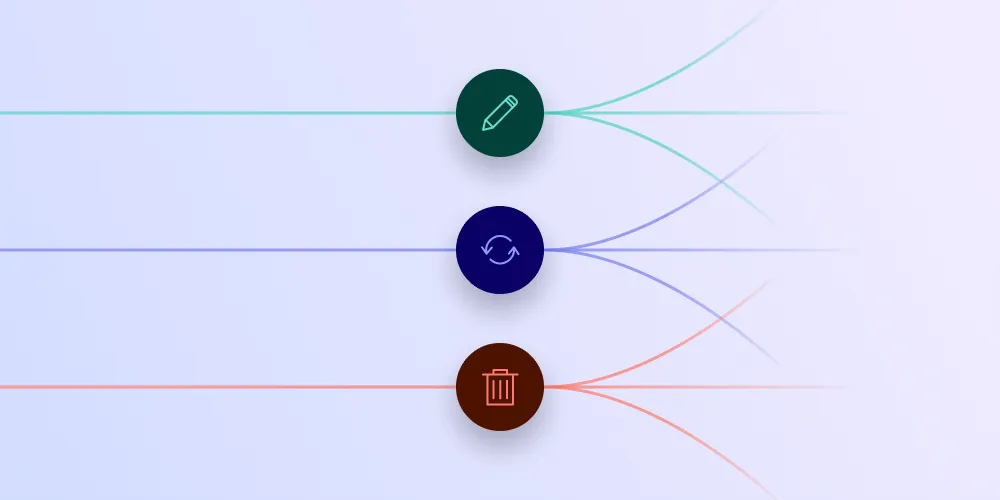React Redux's New Features

One of the libraries we’ve used for a long time at PSPDFKit for Web in combination with react itself is react-redux, so we have been understandably excited by the release of v7(opens in a new tab), which came out earlier this year.
The previous version, react-redux v6, brought support for the new React Context API(opens in a new tab) to the package. However, there were some important performance issues that have been solved with the release of v7.
On top of that, the recently released [email protected](opens in a new tab) includes a set of custom hooks, like useSelector(opens in a new tab) and useDispatch(opens in a new tab), that can now replace connect calls in function components.
Moreover, react-redux now also exports a new batch()(opens in a new tab) function. But what does it do?
React Batched Updates
As the package maintainers explain, batch() is nothing more than a forwarded export of react-dom’s unstable_batchedUpdates()(opens in a new tab), a React utility used to wrap setState() calls so that React components will only render once they’re finished.
Keep in mind that React component state changes will soon be batched by default(opens in a new tab), and you will have to opt out of batching instead of opting in. This is a change that makes sense: It allows you to perform fewer renders and avoid invalid or transitional states, especially if there are several state updates to perform.
There’s a caveat for this feature though: all state changes inside the batch function must be synchronous, and that goes for dispatching Redux actions too. The reason is that, once the batch callback has returned, all state updates are flushed, and components will render without waiting for asynchronous calls to resolve.
The Example
In order to get a small glimpse of how React code may look when using the new react-redux features, we will walk through a small snippet we’ve put together(opens in a new tab). You can play around with it, try other custom hooks as well, and batch and unbatch dispatches.
The example code fetches a user’s geolocation data and then grabs a short text from Wikipedia about the user’s city reported by the geolocation API. Once both pieces of data are available, they’re processed and shown to the user. This may not seem very exciting, but there aren’t that many open APIs out there to play with — that is, APIs that not only are free, but also do not require an API key to be accessed.
For this example, we have chosen geojs.io(opens in a new tab) and the Wikipedia API(opens in a new tab), which are easy enough to access for our purpose.
The “imports” part of the code has been left out of the article. You’ll notice there are no exports either; that’s because all the code, being as simple as it gets, fits easily in a single file. 😃
Actions
The only action creator in our example is in charge of retrieving all the necessary data. It resets the state and then fetches both APIs sequentially, as we need the city name first before we can get its information from Wikipedia:
function getUserWeatherData() { return async function(dispatch) { // Reset state. batch(() => { dispatch({ type: "SET_CITY", city: null }); dispatch({ type: "SET_CITYDATA", cityData: null }); }); // Fetch geolocation data. const geolocation = await fetch("https://get.geojs.io/v1/ip/geo.json").then( res => res.json() ); // Fetch city data. const wikiData = await fetch( `https://en.wikipedia.org/w/api.php?action=opensearch&search=${geolocation.city}&limit=1&namespace=0&format=json&origin=*` ).then(res => res.json()); // Dispatch actions. batch(() => { dispatch({ type: "SET_CITY", city: geolocation.city }); dispatch({ type: "SET_CITYDATA", cityData: wikiData }); }); };}If you “unbatch” the dispatch calls, you won’t notice any visual difference, but you can check that each of them will trigger an update, while batching them will only trigger one at the end of the batch.
Reducers
There’s nothing new or interesting about this part — we just set the state with the action’s payload:
export const data = (state = {}, action) => { switch (action.type) { case "SET_CITY": return { ...state, city: action.city }; case "SET_CITYDATA": return { ...state, cityData: action.cityData }; default: return state; }};Store
Same here. We add the thunk middleware to our store:
const initialState = { city: null, cityData: null};const store = createStore(data, initialState, applyMiddleware(thunk));App
The main part of the code is where the interesting part of the example is: We’ll make use of the new custom hooks in our App component to get data from the Redux store.
For simplicity’s sake, this component is directly wrapped by Provider (which is still needed to work with react-redux), but in the Real World™ you’ll obviously be getting data from the store in much deeper levels of the tree.
But our App component is not wrapped by a connect() call; instead, it calls the useSelector() hook from inside the component function, which subscribes our component to the Redux store and makes sure the component will render each time the state updates.
The argument for useSelector() is similar to a mapStateToProps() function, with the difference that it can return any value we want; we are not limited to returning an object like we are when using connect(). In this case, there’s no data transformation needed, so we just return the same state object.
Since we are not using react-redux’s connect() now, we are not receiving a dispatch function in the props. So how do we dispatch an action from our component? We can now make use of useDispatch(), which will return a dispatch function for our use:
function App() { const { cityData, city } = useSelector(data => data); const dispatch = useDispatch(); React.useEffect(() => { dispatch(getUserWeatherData()); }, [dispatch]); return city && cityData ? ( <div> <p>City: {city}</p> <p> Facts: {cityData.map(text => ( <p>{text}</p> ))} </p> </div> ) : ( <div>Loading...</div> );}
ReactDOM.render( <Provider store={store}> <App /> </Provider>, document.getElementById("root"));Conclusion
At PSPDFKit, we like to test and play with our tools and share our findings and experience. We have quickly walked through some of react-redux’s new features, but there’s still more to discover. We’ll let you know about it as we continue trying and, ultimately, using them.







